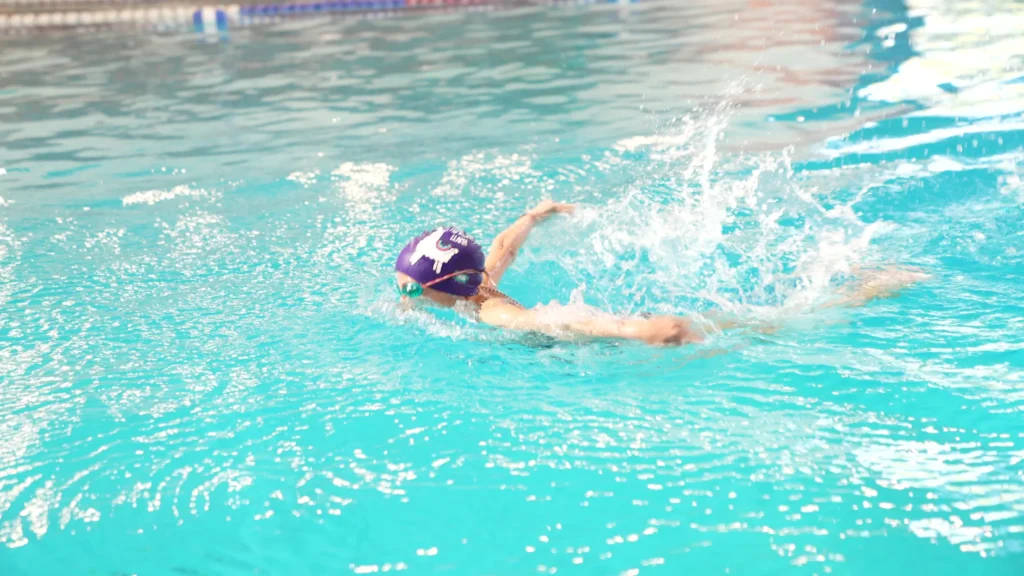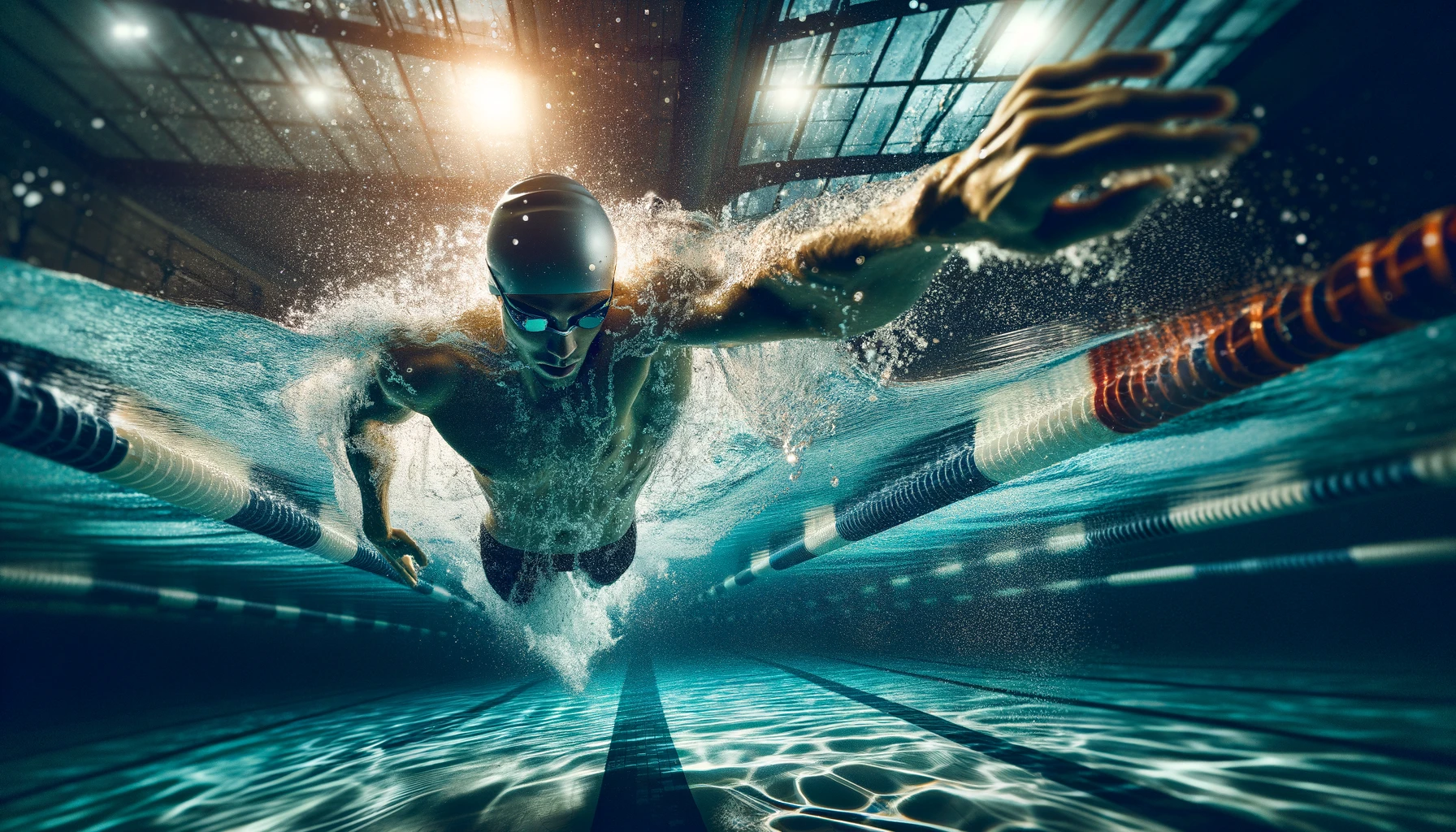Competitive swimming has evolved significantly over the years, marked by historical milestones and technological advancements. This article explores the rich history of competitive swimming, from its origins to modern-day achievements.
Origins and Early Developments: Ancient Beginnings
Competitive swimming dates back to ancient civilizations, with evidence of swimming competitions in ancient Egypt and Greece. In Greece, swimming was part of the Olympic Games as early as 776 BC. Swimmers competed in various strokes and distances, reflecting the sport’s early diversity and popularity.

Rise of Modern Competitive Swimming: 19th Century Renaissance
Competitive swimming experienced a resurgence in the 19th century, particularly in Europe. Swimming clubs and organizations formed, promoting the sport’s development and standardizing competition rules. The establishment of the Amateur Swimming Association (ASA) in 1869 in England marked a pivotal moment in organizing and regulating competitive swimming.
Olympic and World Championships: Global Recognition
The inclusion of swimming in the modern Olympic Games in 1896 elevated the sport’s international profile. Swimmers from around the world competed in freestyle, breaststroke, backstroke, and butterfly events. The introduction of World Championships in the early 20th century further solidified swimming as a premier global sport, showcasing elite talent and fostering international camaraderie.
Technological Advancements: From Suits to Timing Systems
Technological innovations have revolutionized competitive swimming. In the early 20th century, the development of swimsuits made from materials like silk and wool enhanced swimmers’ speed and buoyancy. The introduction of modern synthetic materials in swimsuit design, such as polyurethane and Lycra, further optimized performance and reduced drag in water.
Training and Coaching Evolution: Science and Strategy
Advancements in sports science and coaching techniques have refined training methods and enhanced performance. Coaches utilize biomechanical analysis, video technology, and physiological assessments to optimize swimmers’ technique and conditioning. Sports psychologists provide mental training strategies to enhance focus, motivation, and resilience in competitive settings.
Records and Achievements: Breaking Barriers
Swimmers continually push the boundaries of performance, setting new world records and achieving remarkable milestones. From legendary swimmers like Michael Phelps and Katie Ledecky to historic relay teams and individual champions, each record-breaking achievement reflects the sport’s evolution and the pursuit of excellence.
Global Participation and Diversity: Inclusivity and Growth
Competitive swimming has become increasingly inclusive, welcoming athletes from diverse backgrounds and nations. National and regional competitions promote grassroots participation and talent development. Initiatives to increase accessibility and diversity in swimming highlight its role as a universal sport that fosters athleticism, teamwork, and lifelong participation.
Future Trends and Innovations: Toward New Horizons
The future of competitive swimming holds promise for continued innovation and excellence. Advances in sports technology, training methodologies, and athlete development will shape the next generation of swimmers. Global events like the Olympics and World Championships will continue to showcase elite talent and inspire future generations of swimmers worldwide.
Conclusion
Competitive swimming’s evolution from ancient competitions to modern-day championships reflects its rich history, technological advancements, and global impact. As swimmers continue to excel and break barriers, competitive swimming remains a premier sport that celebrates athleticism, achievement, and international camaraderie.



